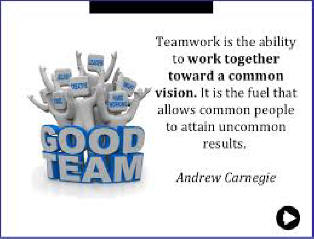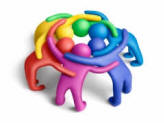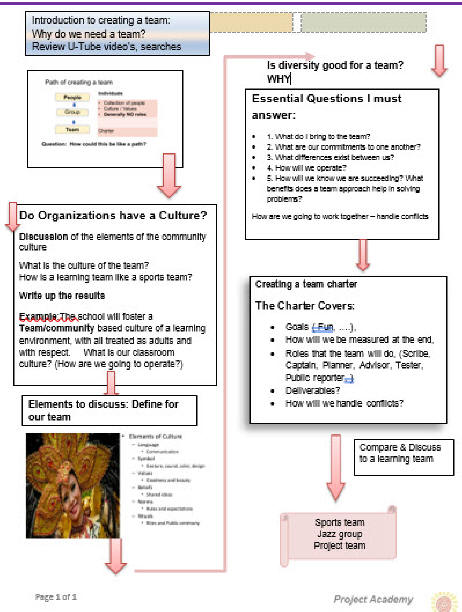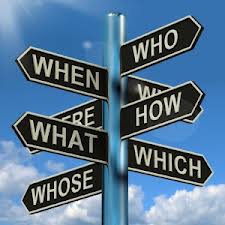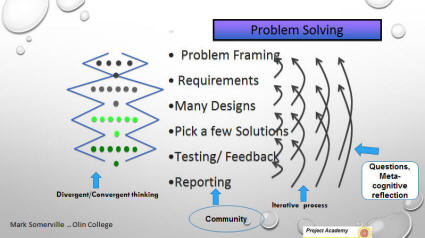|
Students building a learning team |
||||||||||||||||||
 |
||||||||||||||||||
|
We are a Massachusetts 501( C ) 3 non-profit corporation dedicated to supporting students, dropouts and other workers to learn skills that will help them succeed in a career or additional schooling (college and career readiness (CCR ))
|
||||||||||||||||||
|
||||||||||||||||||
 
 

|
||||||||||||||||||
| Detail project Plan for creating a learning team:
|
Tools/Quick notes:
| Web site for links to Life-Skills descriptions | Link | ||||||||||||||||
| Charter A team charter should include several components that help define the team and keep it on track.
|
At a minimum, your team charter should include: Team Purpose (Mission) Measurable/Verifiable Goals. Apr 11, 2011 | ||||||||||||||||
| Culture Organizational culture – behavior of humans within an organization and the meaning that people attach to those behaviors. |
|
||||||||||||||||
Team
|
Another important proactive measure is ensuring that your team shares the same purpose, values, and identity
|
||||||||||||||||
| Team members questions to themselves | What do I bring to the team? 2. What are our commitments to one another? 3. What differences exist between us? 4. How will we operate? 5. How will we know we are succeeding? | ||||||||||||||||
|
Learning life skills & having fun
The art or act of improvising, or of composing, uttering, executing, or arranging anything without previous preparation:
|
|
||||||||||||||||
|
Problem-Solving
|
|
||||||||||||||||
| Improv | File | ||||||||||||||||
| Assessment/Rubrics | File | ||||||||||||||||
| Questions & learning | File | ||||||||||||||||
| Project framing | File | ||||||||||||||||
| Picking the problem | File | ||||||||||||||||
| Planning & schedule | File Getting set-up to do the project | ||||||||||||||||
| Elevator pitch | File Short presentation of key items that you did | ||||||||||||||||
| Mapping | File Information gathering plus how they are connected | ||||||||||||||||
| Learning Process | File | ||||||||||||||||
|
Brain Plasticity |
File | ||||||||||||||||
|
Thinking skills
|
|
||||||||||||||||
| Learning targets | File Learning targets are short term goals or statements | ||||||||||||||||
| Self-Reflection of the project | File | ||||||||||||||||
| Benefits of the process | File | ||||||||||||||||
| Preparing for the presentation check-sheet | File | ||||||||||||||||
| Scamper | File Coming up with ways to find new ideas | ||||||||||||||||
| Links from home page of Project
Academy
the mental and moral qualities distinctive to an individual |
|
Interesting web sites; |
||||||||||||||||||||||||||||
It is the policy of Project Academy not to discriminate on the basis of race, gender, religion, national origin, color, homelessness, sexual orientation, gender identity, age or disability in its education programs, services, activities, or employment practices.
|
